New energy fueling dual-language immersion in California schools has exposed a bilingual teacher shortage of qualified educators.
The state has set a high bar for itself. The Department of Education’s Global California 2030 initiative calls for schools to have half of all K-12 students on track for proficiency in two languages by the end of the next decade. The plan also calls for doubling the number of bilingual teachers, and a fourfold increase in non-English-language immersion programs.
Yet the number of teachers with bilingual certifications decreased from about 1,500 annually in the 1990s to around 700 in 2015-16, according to a report by Californians Together, an organization that advocates for English language learners. A little over half of the state’s districts report having a shortage. Politics deserves a share of the blame for the bilingual teacher shortage. In 1998, state voters passed Proposition 227, which eliminated most bilingual programs. Though voters repealed the law in 2016, many teachers across the state had let their bilingual certifications lapse, says Dan Miller, assistant superintendent for education services at Desert Sands USD (28,000 students), near Palm Springs.
